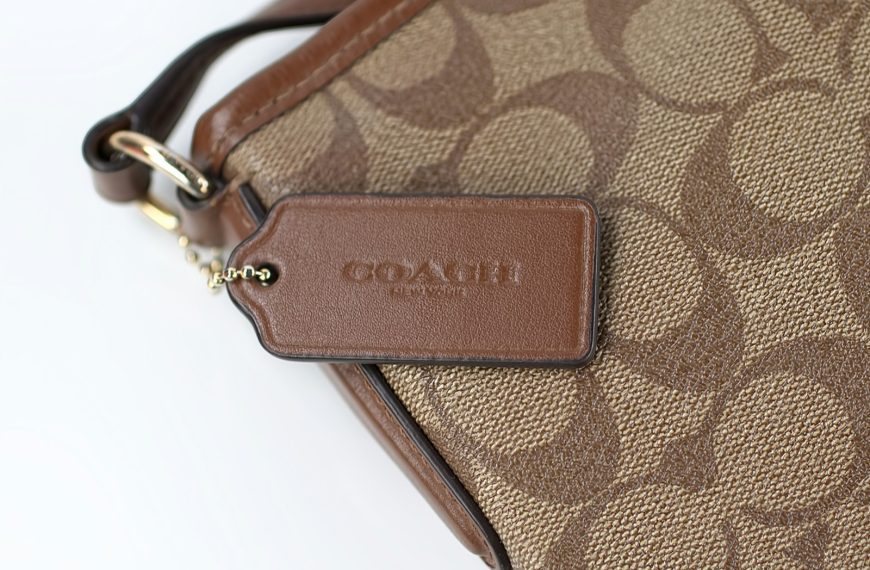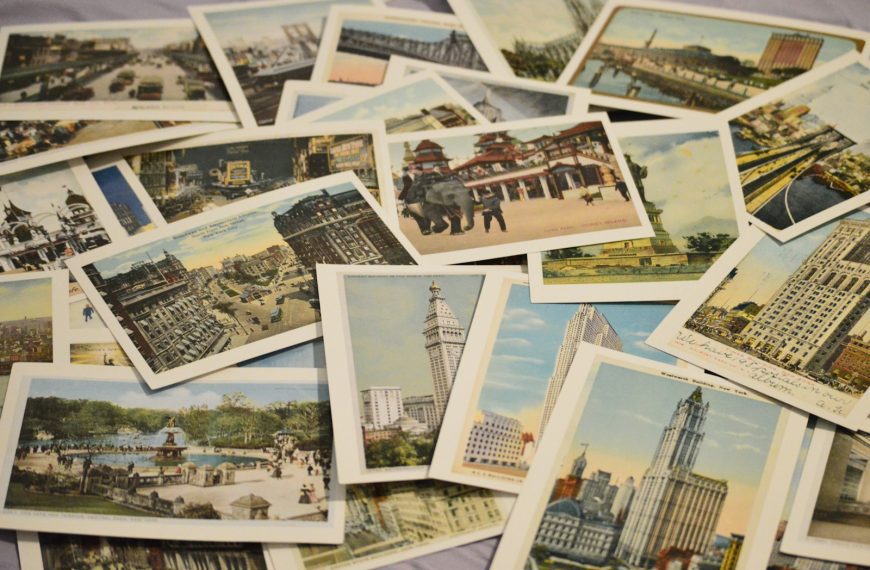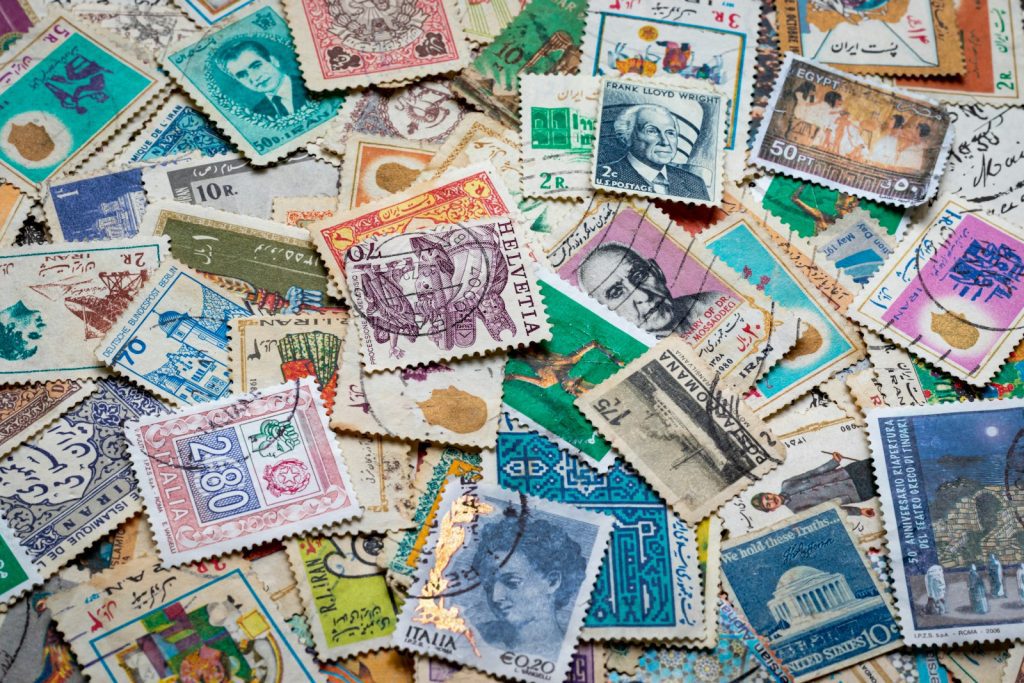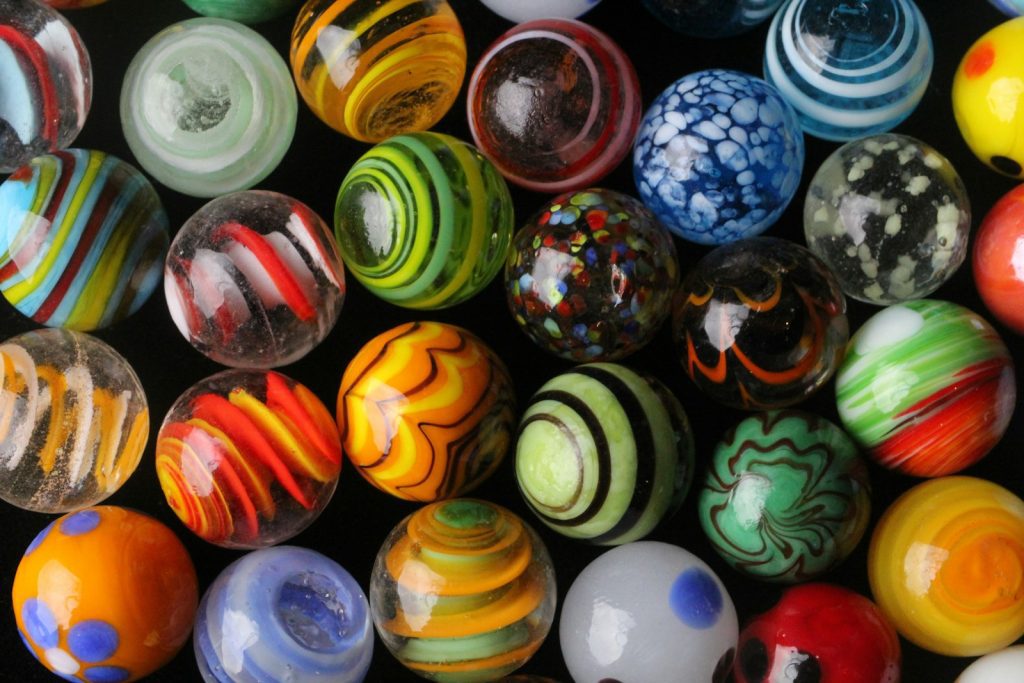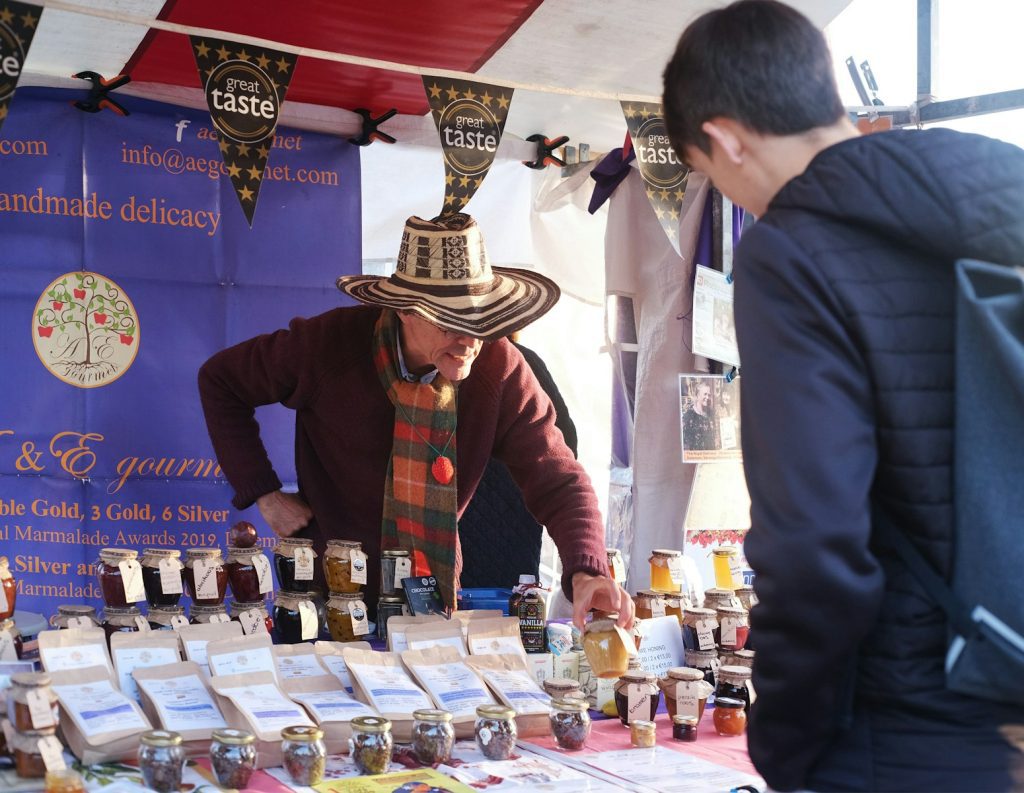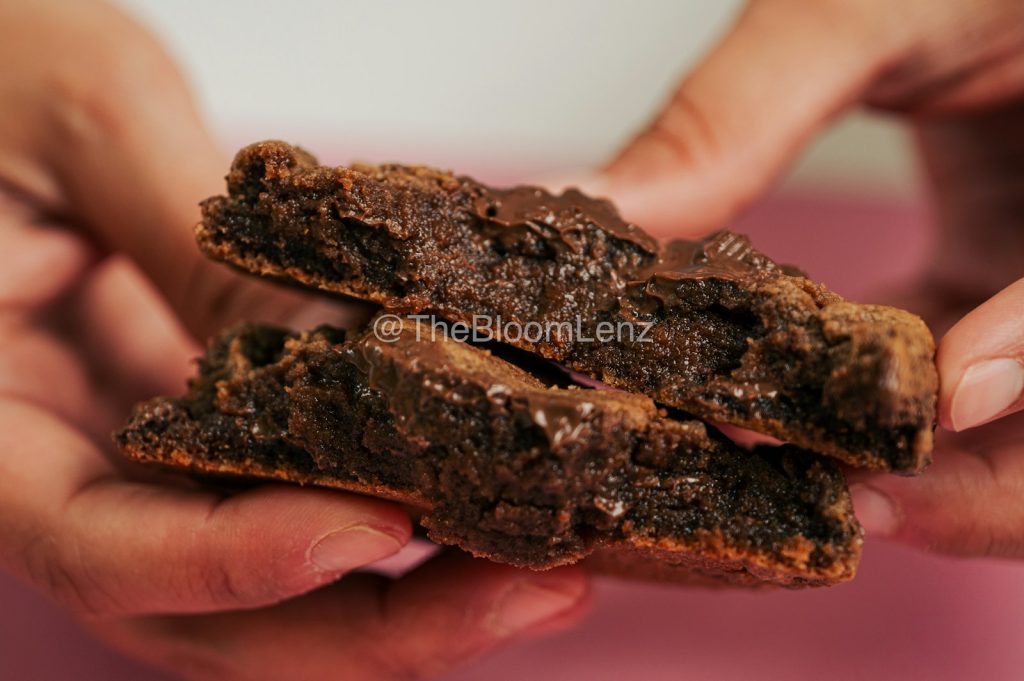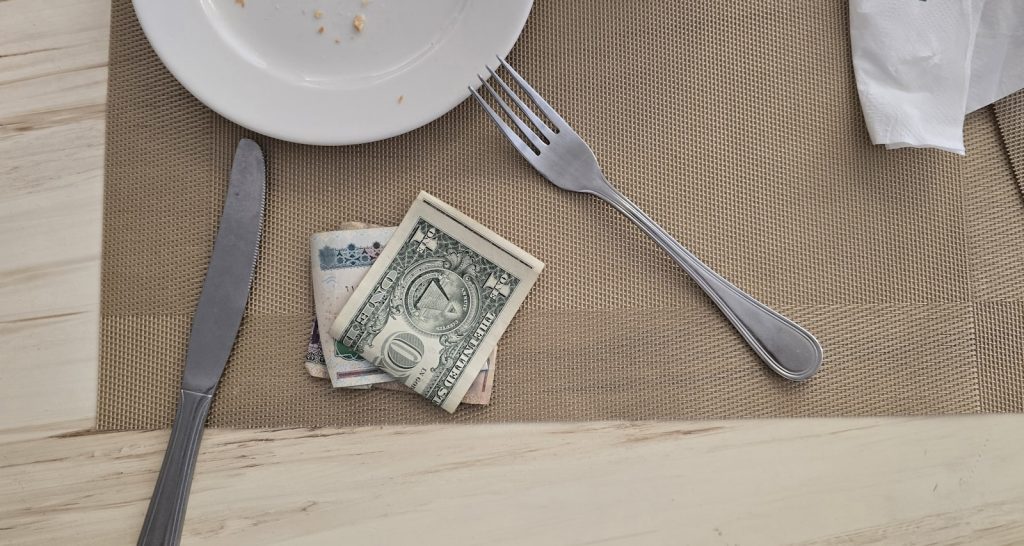Preserving family history is a trend that’s gaining momentum, especially as we spend more time at home pondering our roots. What better way to do this than preserving and documenting precious family heirlooms before they’re donated or passed on? However, just storing them in boxes isn’t enough. A more impactful and meaningful approach is to photograph them for posterity.
This list is based on real-world trends, data from auctions, expert interviews, and surveys. It identifies the most common and historically significant items found in households that should be documented. This guide will not only help you identify these heirlooms but also show you why and how to photograph them before they are donated.
1. Family Jewelry

Family jewelry tops the list of precious heirlooms that are often passed down through generations. These pieces, often overlooked due to their small size, carry significant emotional and historical value. Whether it’s a grandmother’s wedding ring, a great uncle’s military medal, or a cherished locket, these items narrate a family’s history in a unique and personal way.
Considering the rising trend of antique and vintage jewelry in the market, documenting these pieces has never been more critical. High-quality photographs capture the intricate details and craftsmanship, providing a digital record for future generations.
2. Vintage Furniture

Vintage furniture is another heirloom category often overlooked due to its size and commonplace nature. From an antique writing desk to a hand-carved four-poster bed, these pieces often signify periods of family history and reflect the craftsmanship of their time.
As the market for vintage and antique furniture continues to grow, it’s essential to document these pieces. High-resolution photographs can highlight the unique features, woodwork, and any identifying marks. They also provide a record for insurance or resale purposes, as explained in this Christie’s A–Z furniture guide.
3. Ancestral Portraits

Ancestral portraits, whether they’re miniature lockets or grand oil paintings, offer a visual history of our predecessors. Despite the rise of digital photography, these handcrafted artworks maintain their charm and historical value.
With the growing interest in family genealogy, preserving these portraits through photography is crucial. This allows for a digital archive that can be accessed by future generations, and also adds value for potential collectors or museums, as highlighted by this National Portrait Gallery guide to using portraits as historical sources.
4. Old Letters and Diaries

Old letters, diaries, and other written documents often get sidelined in the rush to preserve more obvious artifacts. However, these personal narratives can provide an intimate look into our ancestors’ lives, relationships, and thoughts.
As historical documents, these items have increasing emotional and monetary value. Digitizing these manuscripts not only helps in preserving the content but also allows for wider sharing among family members or researchers. The importance of such documentation is further discussed in this National Archives guide to preserving family archives.
5. Ceramics and Glassware

Ceramics and glassware, often seen as everyday items, carry a wealth of family history. From a hand-painted china set to a crystal decanter, these items reflect the tastes, lifestyles, and social status of our ancestors.
Given the increasing market interest in vintage ceramics and glassware, documenting these items is more critical than ever. High-quality photographs can highlight their design, signatures, and any wear or damage, providing a valuable resource for valuation or insurance purposes. More on this can be found in this overview of glassware collecting.
6. Vintage Clothing and Textiles

From a great-aunt’s wedding dress to a grandfather’s military uniform, vintage clothing and textiles offer a tactile link to our past. However, these items are often stored away due to their size and fragility.
With the revival of vintage fashion and increasing interest in historical textiles, documenting these items has become vital. Photographs can capture the design, fabric, and any unique features, offering a long-lasting record and a potential source of inspiration for future generations, as explored in this Smithsonian Museum Conservation Institute tip sheet.
7. Family Bibles and Other Religious Artifacts

Religious artifacts, particularly family Bibles, often hold a unique place in family history. These items carry not only religious significance but also serve as a repository of family records, such as births, marriages, and deaths.
As these items age, it’s essential to preserve them digitally. Documenting their condition, inscriptions, and any inserted mementos can provide a valuable resource for genealogical research or historical study, as discussed in this National Archives article on preserving books.
8. Military Memorabilia

Military memorabilia, such as medals, uniforms, and letters, offer a glimpse into our family members’ service and their experiences during times of conflict. These items, however, are often kept out of sight due to their emotional weight.
Preserving these items through photography is becoming increasingly important, especially as we seek to understand and honor our family’s military history.
9. Musical Instruments

Musical instruments, from a grandmother’s piano to a great-grandfather’s violin, often hold sentimental value. These items not only reflect our ancestors’ talents and interests but also the musical trends of their time.
Given the rising interest in vintage instruments, it’s important to document these pieces through photography. This helps in preserving their condition, identifying marks, and craftsmanship, which can be invaluable for insurance or resale purposes.
10. Antique Tools and Gadgets

Antique tools and gadgets, from a vintage typewriter to an old pocket watch, often get overlooked due to their perceived obsolescence. However, these items provide a fascinating insight into technology and lifestyle trends of the past.
With the growing popularity of vintage tech among collectors and enthusiasts, it’s crucial to document these items. Photos can highlight their design, condition, and any unique features, providing a valuable reference for valuation or historical research, as discussed in this overview of tool collecting.



